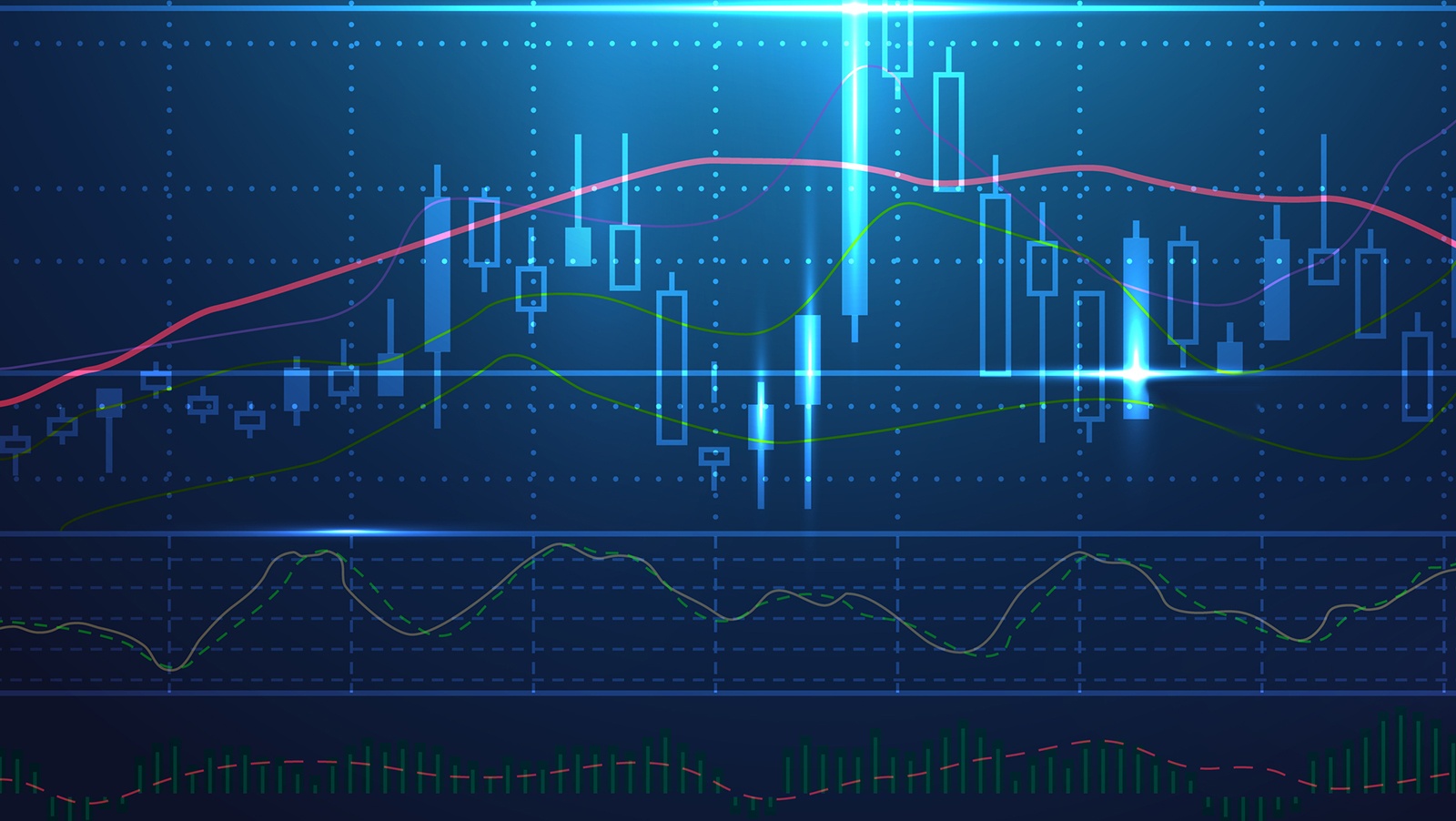Penn’s latest earnings just came in, and assuming the US economy continues apace and nothing major changes for the next 5 years or so in regional economies in the US, Penn looks to be in good shape. Revenues over $1.15B for an increase of $386M thanks to the Pinnacle acquisition, higher EBITDA, higher operating income, 2019 guidance of $163M in total earnings, and other numbers that sound great to investors’ ears.
As long as everything stays stable, Penn remains in a good situation. However, a quick glance at the stock’s long term chart shows that it is anything but stable. Shareholders are riding on leveraged buyouts that for now are working out, but at the expense of heavy indebtedness that threatens long term losses should anything upset the apple cart. Consider, just the recent stock market plunge late last year, triggered without any serious economic earthquakes, brought shares down 53%, rivaling Penn’s decline during the 2008 financial crisis of about 70%.
The bullish argument is as follows. At the end of 2008, Penn had $2.725B in debt with a market cap of only $515M at the lows. Now it has total debt including triple net lease obligations of $4.5B and a market cap of $3B, so what’s the problem? If Penn shares survived 2008 and even thrived in its aftermath to new highs and enviable acquisitions, up until last August at least, then it certainly looks to be in a better situation now. A 53% fall and the regional casino operator has leverage of 150%, not so bad considering it now has Pinnacle under its belt, plus a new property at Greektown in Detroit, plus Margaritaville Resort Casino as of January 1st.
But there’s a big difference between ten years ago and now. Back then, Penn’s debt was variable and interest rates plummeted in the wake of 2008 as the Federal Reserve unleashed the most explosive money-printing operations in human history totaling over $10 trillion strewn around the world and into the banking system. Penn got through the financial crisis with more or less stable revenues, but higher operating expenses, which brought shares way down along with the general panic out of equities at the time, but its balance sheet was sustainable due to the collapse in borrowing costs that ensued.
